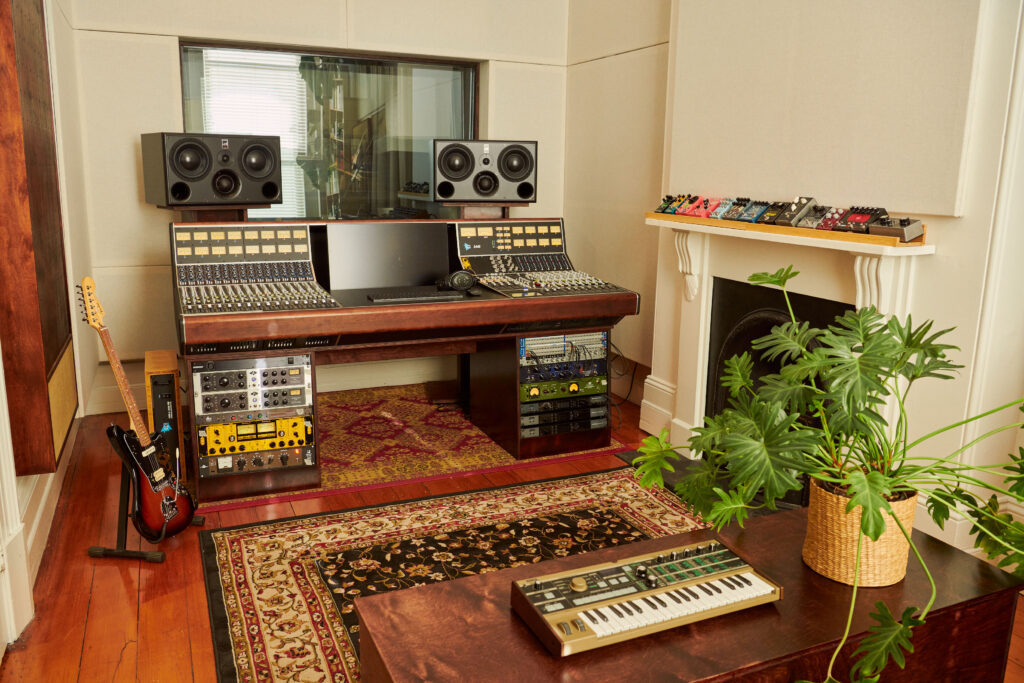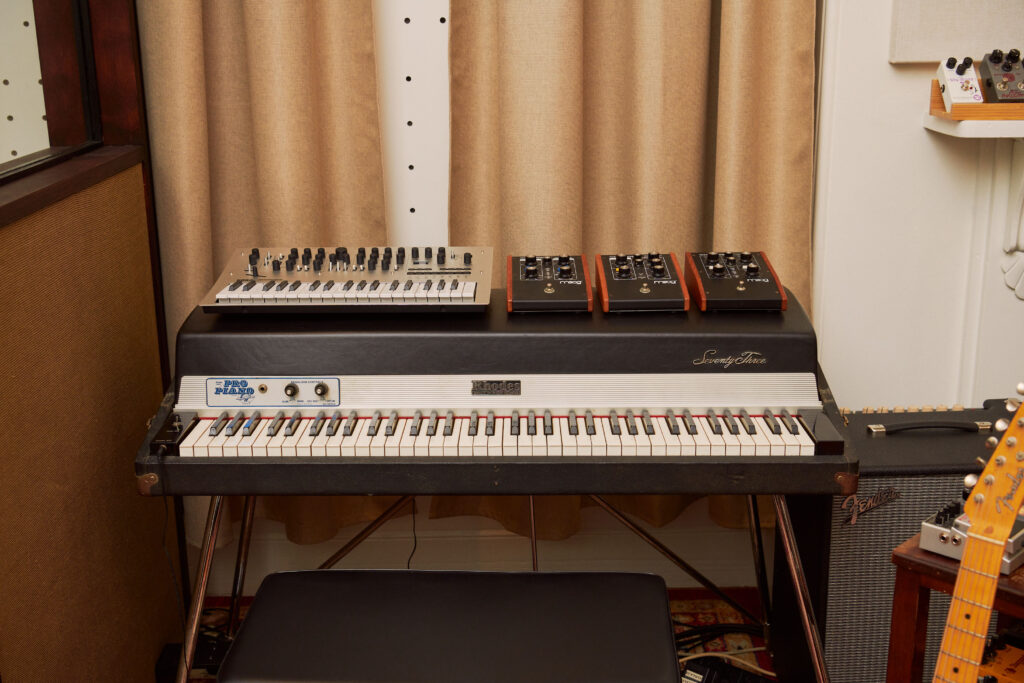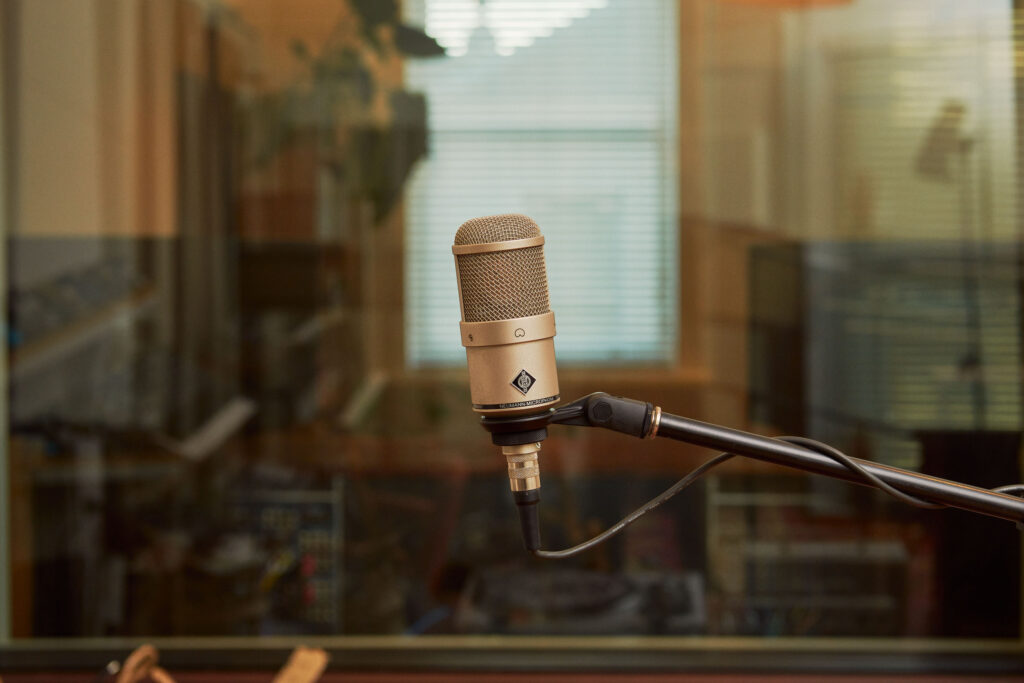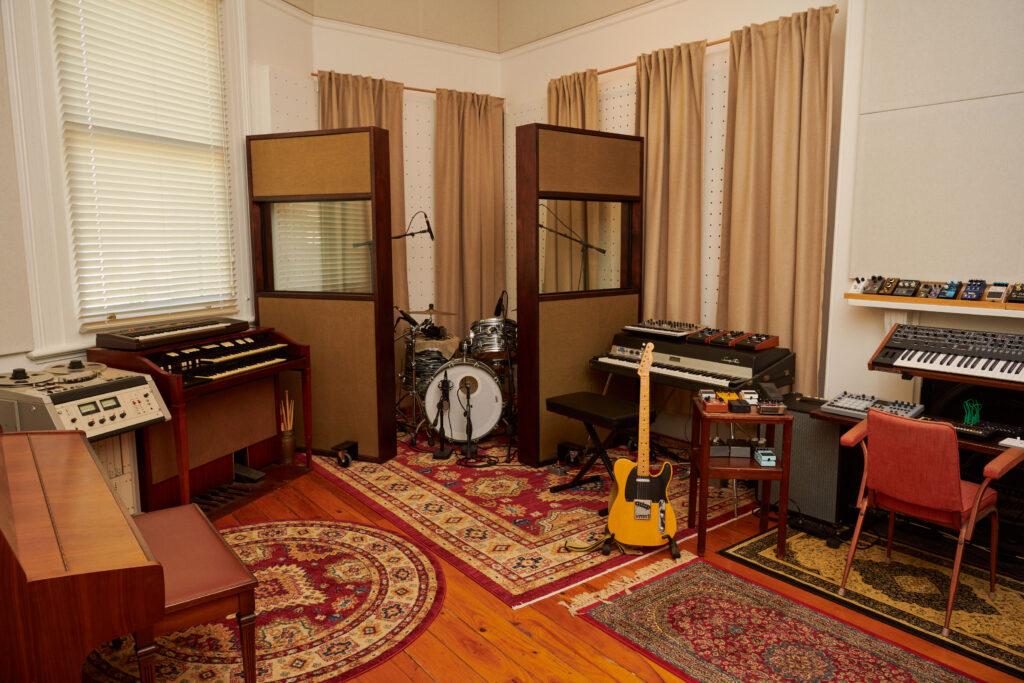We’re a two studio, multi room recording complex in Newtown, Australia.
Level 1, 325 King Street, Newtown NSW Australia T: +61 0405 709 131
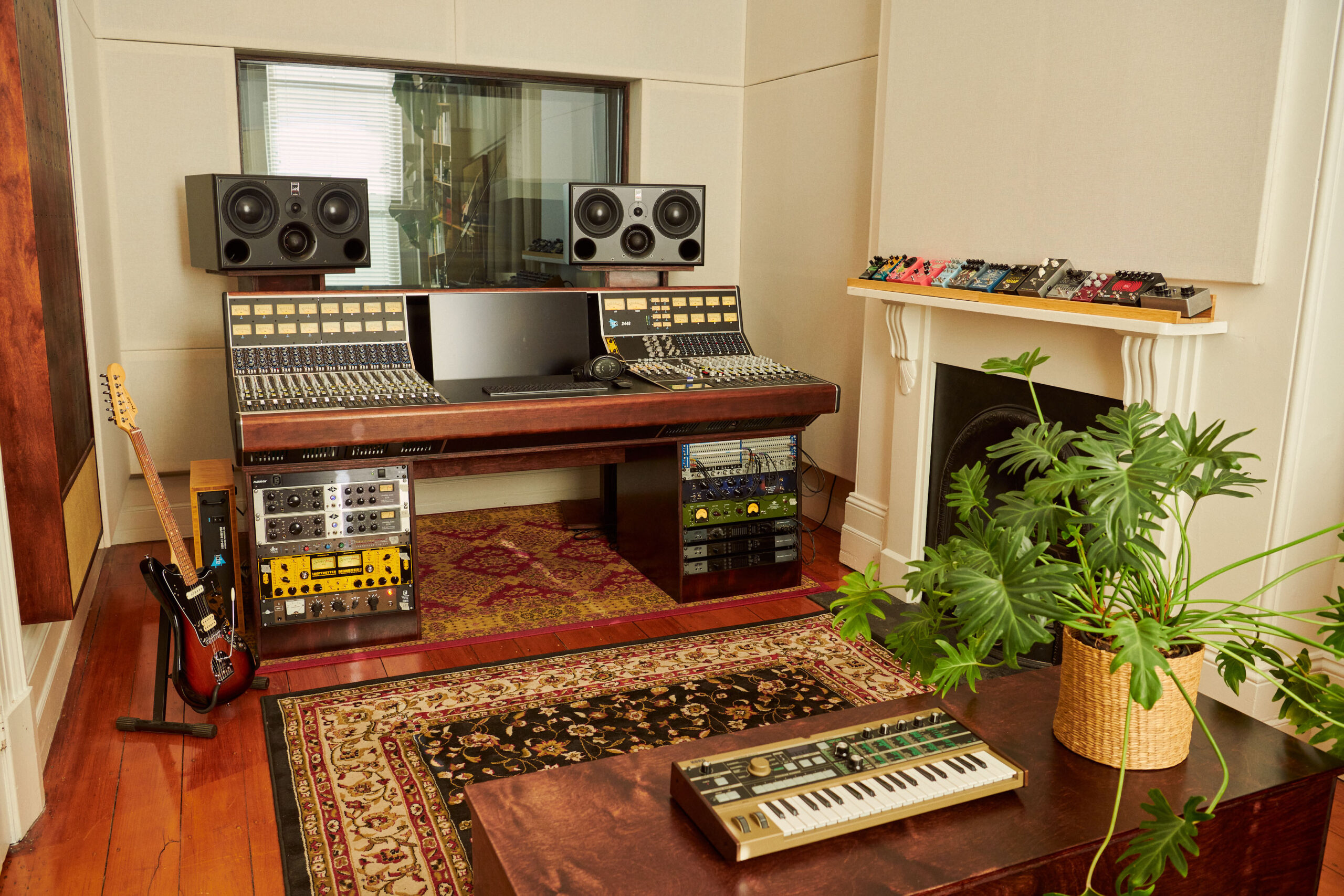
Noise Machines (formerly Enmore Audio) is a two studio complex based in Newtown. We occupy the same building as Happy Mag and produce and record all their live sessions. Studio A is a multi room facility with a fully loaded API 2448 console. While Studio B is a producer style single room space.
Over the years Noise Machines has amassed a delightful collection of microphones, pre-amps, instruments, synths and pedals making our collections of toys the source of joy and envy for musician friends who visit. If you’d like to visit the space for a walk through please get in touch.
